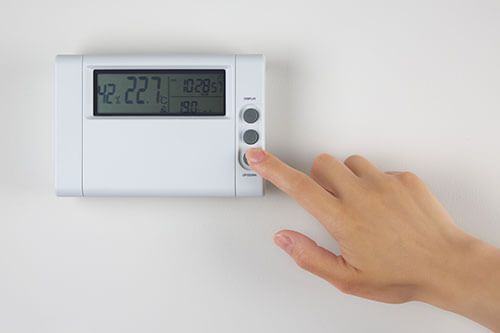When it comes to comfort and saving money, every degree makes a difference.
Let’s face it, not everyone can agree on what the "perfect temperature" is at home. But there are several heating facts that aren’t up for debate. Here’s three tips from the U.S. Department of Energy that can have you feeling a lot more comfortable... especially when your energy bill arrives!
Resetting your thermostat when you are asleep, or not at home, is a simple way to save money on your heating bill.
You can easily save energy in the winter by setting the thermostat to 68°F while you’re awake and setting it lower while you’re asleep or away from home. By turning your thermostat back 10° to 15° for 8 hours, you can save 5% to 15% a year on your heating bill – a savings of as much as 1% for each degree if the setback period is eight hours long.
After you’ve turned your thermostat down, your furnace does not have to work harder than normal to warm a space back up to a comfortable temperature.
It’s a common misconception. As soon as your house drops below its normal temperature, it will lose energy to the surrounding environment more slowly. The lower the interior temperature, the slower the heat loss. So the longer your house remains at the lower temperature, the more energy you save, because your house has lost less energy than it would have at the higher temperature.
The location of your thermostat can affect its performance and efficiency.
Read the manufacturer’s installation instructions to prevent "ghost readings" or unnecessary furnace cycling. To operate properly, a thermostat must be on an interior wall away from direct sunlight, drafts, doorways, skylights, and windows. It should be located where natural room air currents-warm air rising, cool air sinking-occur. Furniture will block natural air movement, so do not place pieces in front of or below your thermostat. Also make sure your thermostat is conveniently located for programming.
